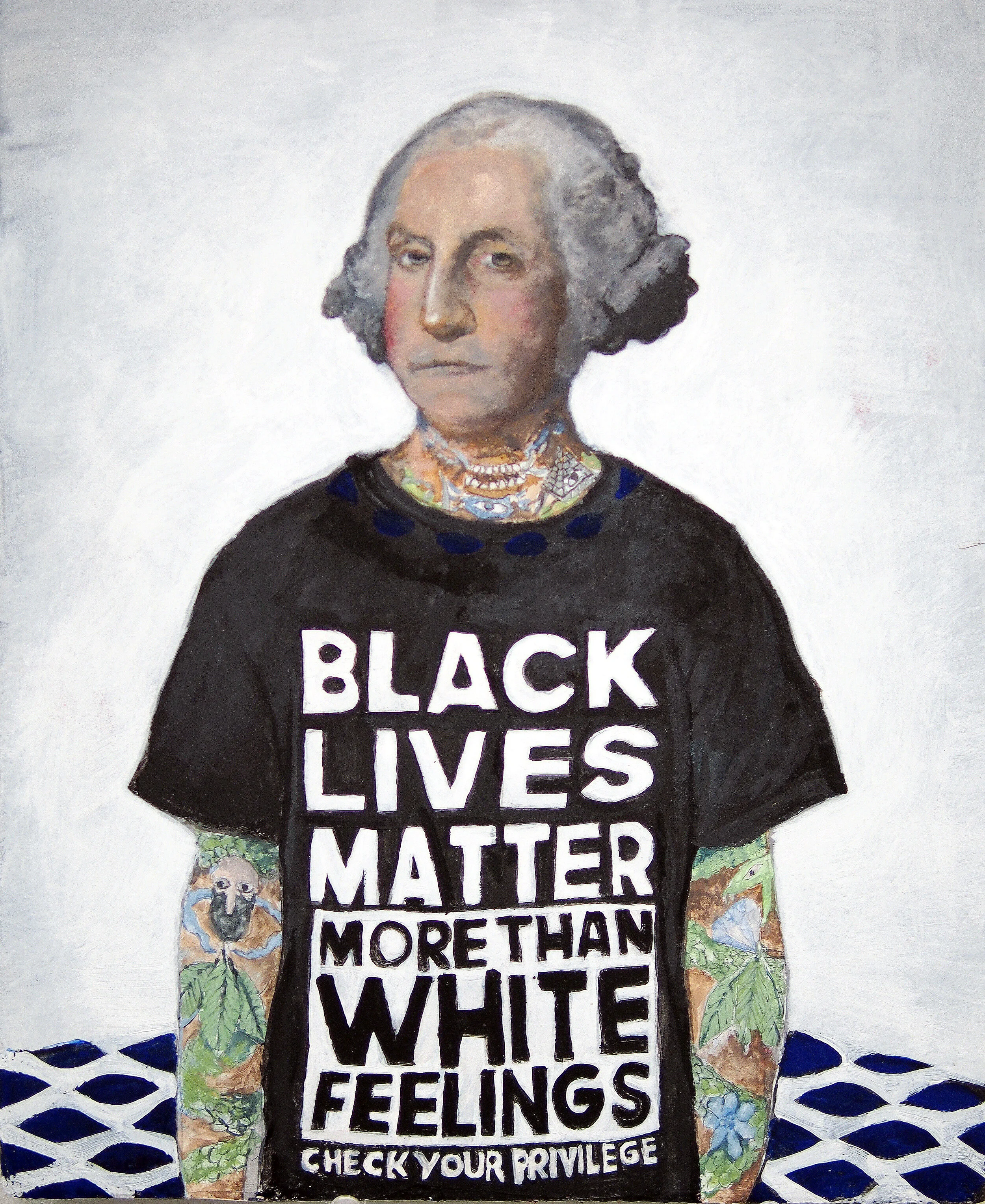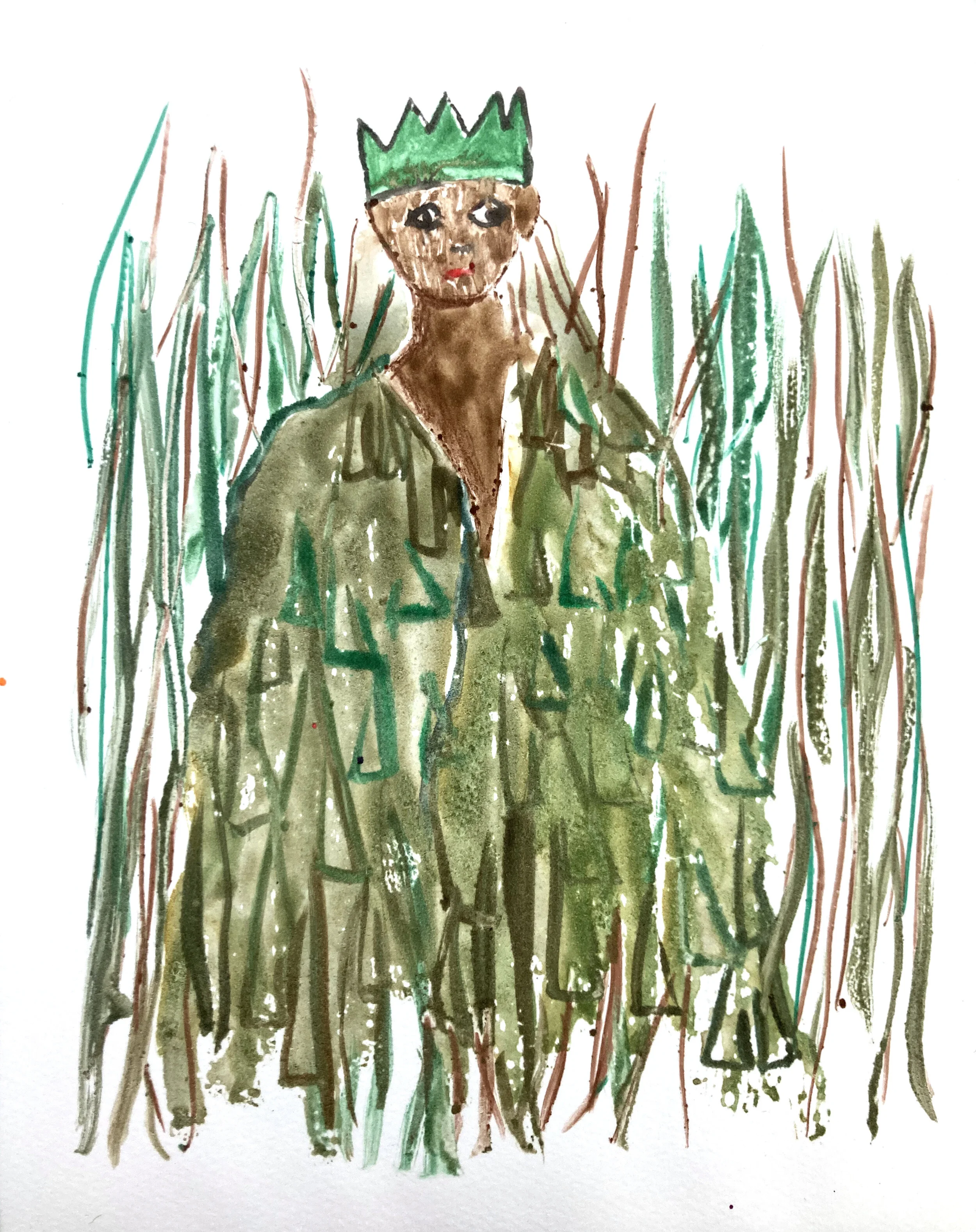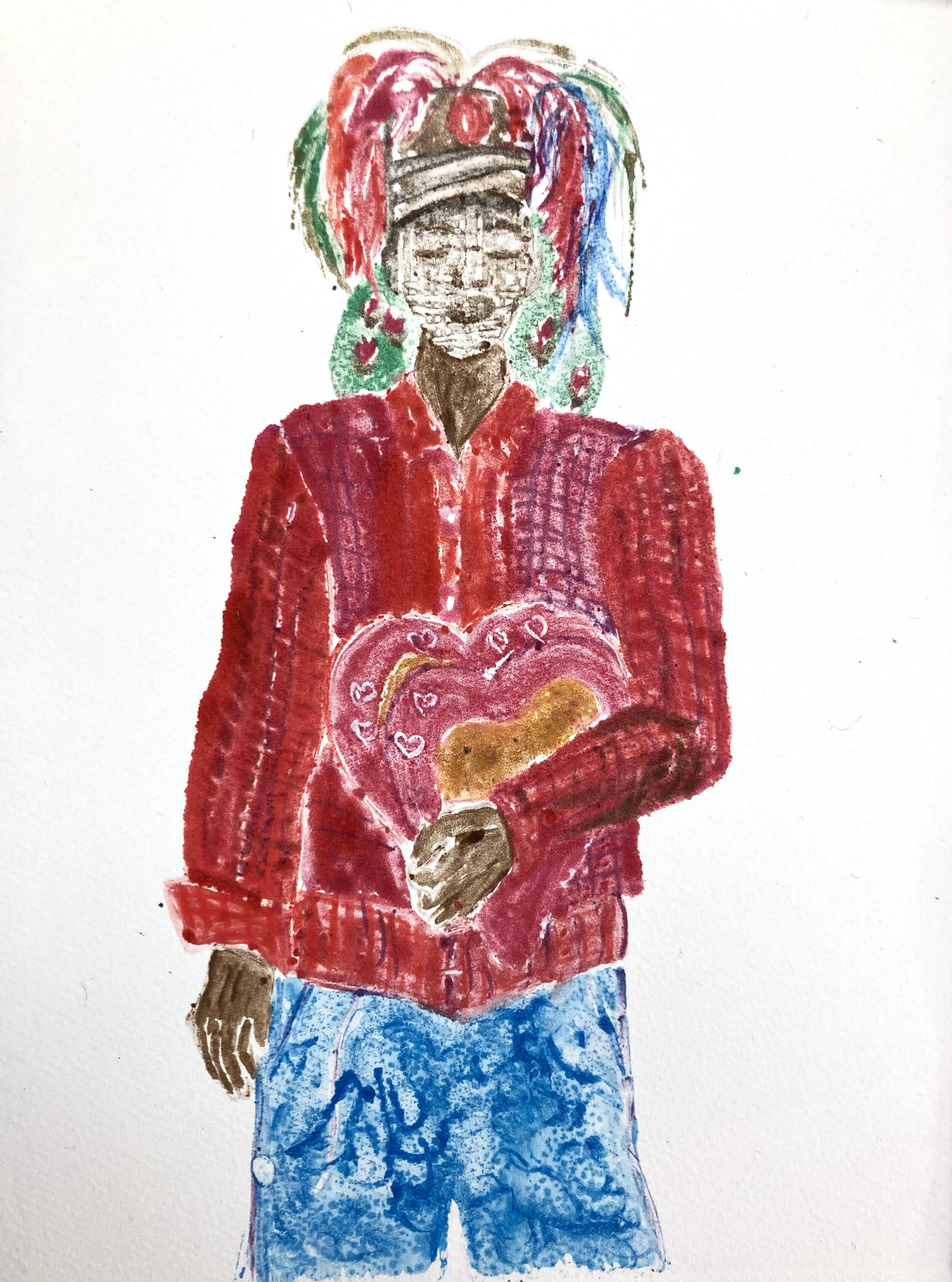THE CLOSET: AMERICA’S DRESSING ROOM
Kymia Nawabi, Kris Rac, Jac Lahav, Jodie Lyn-Kee-Chow, LoVid, Maria de Los Angeles
The Closet: America’s Dressing Room investigates and disturbs costume and dress in America through the immigrant perspective. A beautiful cut paper drawing of Kymia Nawabi explores her Iranian heritage through colorful veiled costumes while Maria De Los Angeles presents her seven-foot Citizen Dress that describes her story of being a Mexican-born DACA recipient.
Through a variety of mediums, from textile design and gouache paintings to metallic sculpture, the artists in The Closet examine the American body and American identity. Collectively, their work embodies the overlapping connections between immigration, pop culture, civil injustice, and the current political climate.
SPRING/BREAK Art Show | ROOM #1158
625 Madison Avenue between 58th and 59th Streets, NY // September 8-13
https://www.springbreakartshow.com/sb-new-york-city
“Citizen Dress", Maria de Los Angeles
PRESS RELEASE:
‘Dress,’ ‘fashion,’ ‘costumes’ are all words we use to describe a complex economic, social, and cultural system that involves dressing the human body. It is a system inflicted with class, gender, professional, ethnic, and national differences. The Closet: America’s Dressing Room seeks to disturb and investigate this system’s norms with works from six artists who explore textile and costuming. Through a variety of mediums, from gouache paintings to dressmaking, these artists examine the relationship between the American body and American identity. Collectively, their work embodies the overlapping connections between immigration, pop culture, civil injustice, and the current political climate.
The thread of immigrant perspectives unites these artists. Maria de Los Angeles is a Mexican-born DACA recipient. Her full-length gown, Citizen Dress, is the room’s centerpiece. Made of quilted textiles and the American flag, Citizen Dress offers a new vision of America. In her work more broadly, the artist uses the human body form, color, personal narrative, and colonial histories to address current issues on immigration.
Born in Jamaica to a Chinese Jamaican father and an Afro-Jamaican mother, Jodie Lyn-Kee-Chow’s costumed performances interrogate the intersection of her cultural heritage with iconic symbols of the American political system. In The Closet, she performs a remake of Junkanoo, a centuries-old tradition of plantation slave communities of a costumed celebration. Lyn-Kee-Chow creates dialogue with present politics through evocative costumes such as one that includes a structure of the White House for a hat.
Kris Rac’s, whose immigrant grandparents came from Egypt and Italy, recent work immerses pieces of clothing in paint in order to replicate medieval statuary. Her work denounces the notion of “perfection” in Renaissance sculpture and pries open a culture of toxic masculinity.
Kymia Nawabi, a first generation Iranian American, examines the relationship between garments and nature with her surreal acrylic paintings and cast sculptures. In The Closet, Nawabi shows two mesmerizing helmets and a drawing that threads spirituality with exploration of her self-identity, heritage, and imagination.
Jac Lahav and LoVid are both Israeli-born artists. Jac Lahav’s gouache portraits of famous Americans respond to the past year of protest and civil injustice. Lahav began to think about the founding fathers we have versus the founding fathers we want. His painting of George Washington in a BLM shirt speaks to that irreverence. It forms a challenge to Trump’s America, creating a new heretical icon attempting to both critique and celebrate our American heritage at the same time.
The circular collages of LoVid were commissioned by Target in 2009 to celebrate a collaboration with the late designer Alexander McQueen. LoVid’s abstract pieces bring together their own original printed fabrics and elements from the designer’s collection in compositions inspired by video signals and the internet. It is a material study that speaks to the complicated relationship between corporations, the arts, and labor in American society.
These six artists challenge and celebrate the idea of belonging in our society by asking us to re-imagine our idea of American clothing. Their work suggests that by rethinking what and how we dress, we can create a new fuller idea of American citizenship. The Closet: America’s Dressing Room paves this way forward with both resistance and hope.
Keren Ben-Horin, Fashion Historian and Curator
KRIS RAC
KYMIA NAWABI
JAC LAHAV
JODIE LYN-KEE-CHOW
MARIA DE LOS ANGELES
LOVID





























